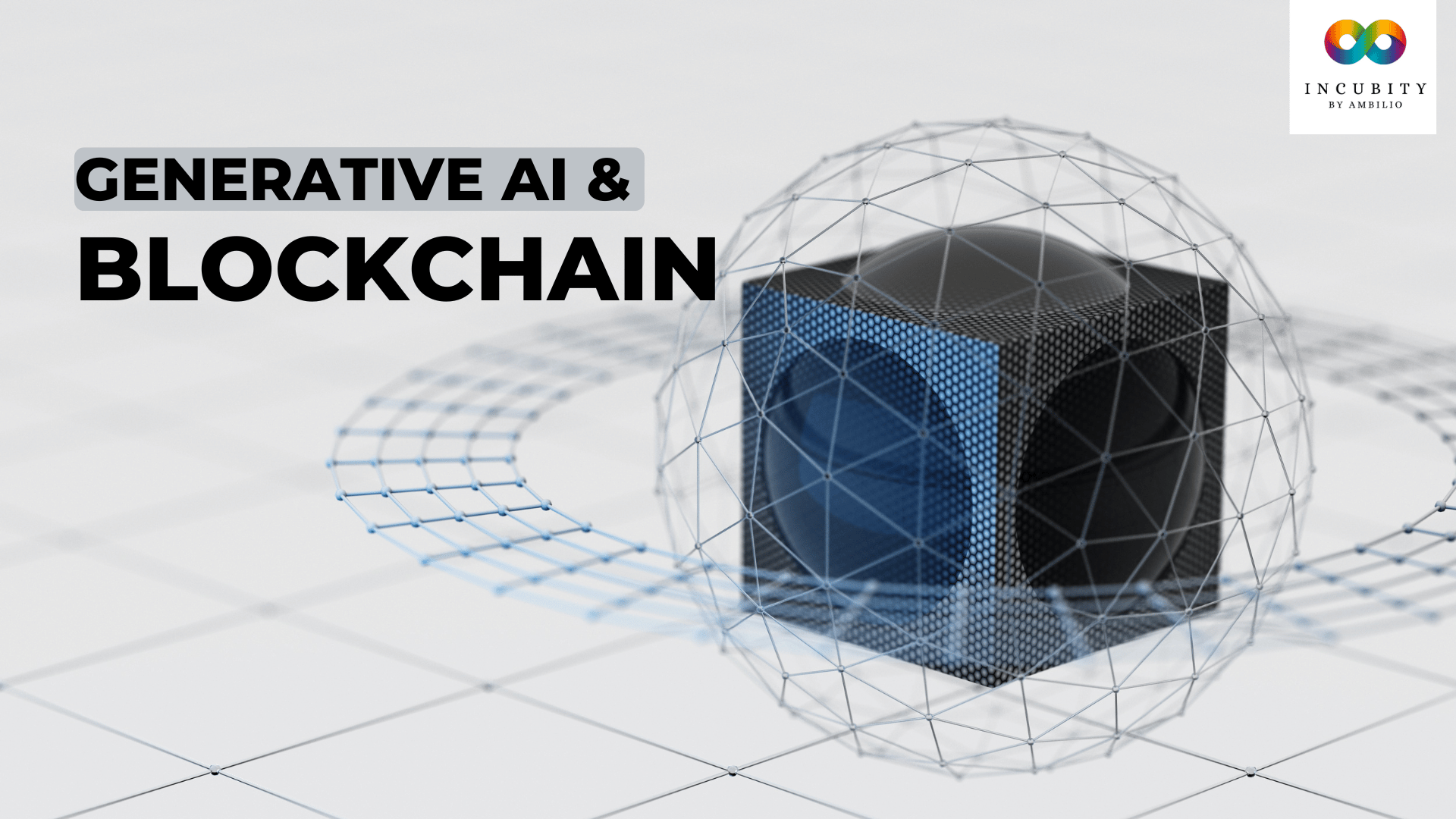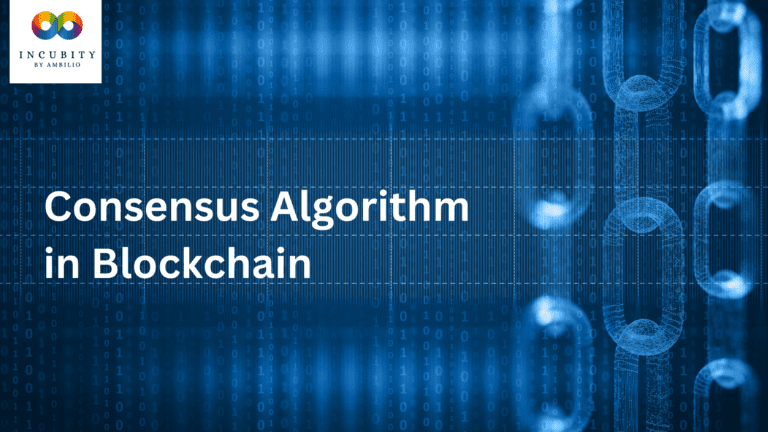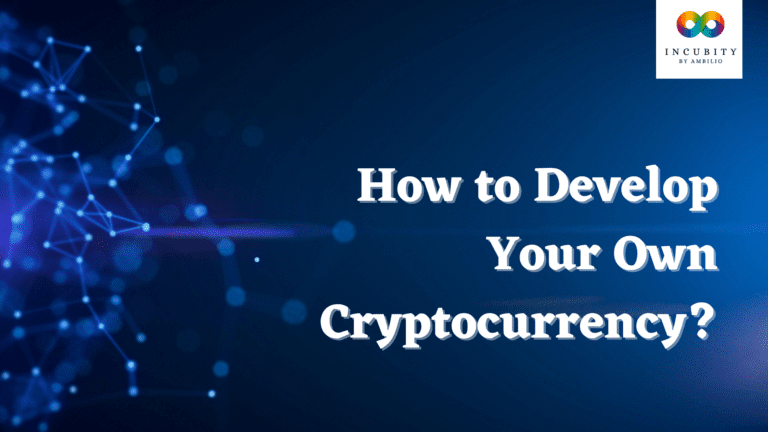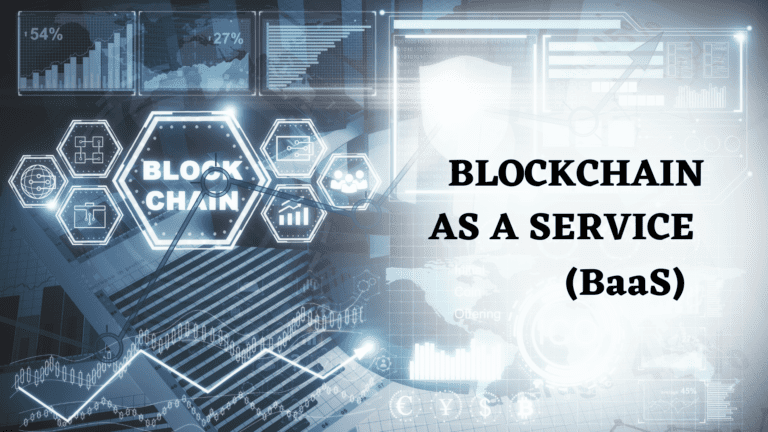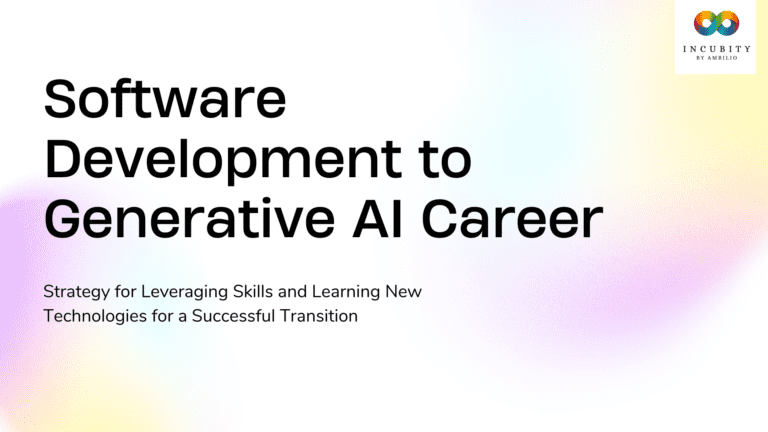Blockchain technology and generative artificial intelligence (AI) are two cutting-edge technologies that hold immense potential for reshaping industries and revolutionizing processes. When combined, generative AI can empower blockchain in several ways, unlocking new possibilities for innovation and disruption. In this article, we explore five transformative use cases where generative AI can enhance the capabilities of blockchain technology.
1. Data Generation: Expanding the Blockchain Dataset
Blockchain relies on data for training machine learning models and making informed decisions. However, limited access to real-world data or privacy concerns may restrict the availability of high-quality datasets. Generative AI can bridge this gap by creating synthetic data that mimics the characteristics of real data. This synthetic data can be used to expand the available dataset for training machine learning models on the blockchain, improving their accuracy and robustness.
2. Smart Contract Automation: Streamlining Transactions
Smart contracts are self-executing contracts on the blockchain, automating transaction processes based on predefined rules. Generative AI can enhance smart contracts by automating decision-making processes within the contract. By leveraging generative AI algorithms, smart contracts can autonomously evaluate and execute transactions based on the specified conditions, streamlining and expediting the process while minimizing human intervention.
3. Fraud Detection and Security: Safeguarding the Blockchain Ecosystem
Security is paramount in the blockchain ecosystem. Generative AI can play a crucial role in detecting and preventing fraudulent activities within the blockchain. By analyzing transaction patterns and identifying anomalies, generative AI algorithms can help identify potential fraud and security breaches. This enhances the overall security and integrity of the blockchain ecosystem, instilling trust among participants.
4. Tokenization and Asset Creation: Unique Digital Assets on the Blockchain
Generative AI techniques can enable the creation of unique digital assets, which can then be tokenized and represented on the blockchain. These assets can include digital art, virtual collectibles, virtual real estate, or in-game items. By combining generative AI’s ability to create unique and scarce digital assets with the immutability and verifiability of the blockchain, individuals can own, trade, and prove ownership of these assets in a transparent and secure manner.
5. Decentralized Data Marketplaces: Empowering Data Ownership and Monetization
Generative AI can facilitate the development of decentralized data marketplaces on the blockchain. These marketplaces enable individuals to securely share and monetize their data while maintaining control over their privacy. Through generative AI algorithms, synthetic data can be generated, preserving the privacy of the original data while still providing valuable insights and information to interested parties. This empowers individuals to leverage their data and participate in data-driven economies, all while preserving data privacy and ownership rights.
Conclusion
Generative AI has the power to enhance blockchain technology across various domains. From expanding datasets and automating smart contracts to strengthening security measures, creating unique digital assets, and empowering decentralized data marketplaces, the combination of generative AI and blockchain opens up new avenues for innovation and disruption. As these technologies continue to evolve and mature, we can expect further exploration of their synergistic potential, paving the way for a future where blockchain-driven applications powered by generative AI will shape industries and transform traditional processes.

